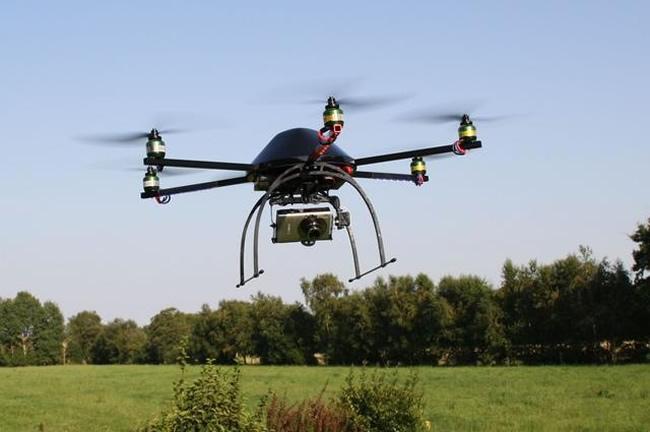
As aerial drones become more popular with both professionals and hobbyists, we can also expect the number of law enforcement-related incidents to increase. Just recently we covered news involving new bans and legal implications surrounding the use of these remote-controlled devices, from Ohio to Louisiana, and even U.S. National Parks. Because these aerial drones are somewhat of a new trend, the rules are obscure and seem to be interpreted in different ways; don’t be surprised if you continue to read more stories about people getting arrested for flying their drones.
The commercial use of aerial camera drones is 100-percent legal in the U.S., a administrative law judge with the National Transportation Safety Board has ruled, according to Bloomberg – much to the dismay of the Federal Aviation Administration (FAA). Though the FAA insists that an influx of unmanned aircraft risks several safety and privacy issues of citizens, photographers and videographers see drone usage as another method of obtaining stellar images. Despite this ruling, it’s not final, and you should expect the FAA and other government entities to try to enact new laws and bans.
If you’re a photo enthusiast or professional looking to exercise your right to flight, here is some basic information to get you off the ground. While the FAA has yet to establish federal law regulating drone use, the agency has given some basic for flying any unmanned aerial system:
- First and foremost, always keep your drone within your line of sight. If you aren’t able to see where your machine is, it could easily venture into a restricted or heavily populated area. Without you keeping tabs and being present to explain what you’re doing, someone could get antsy and call local authorities to investigate. Save yourself that hassle by paying attention.
- Don’t fly more than 400 feet above the ground or within five miles of any airport. Any altitude above 400 could lead your drone into restricted airspace. In the skies, airplanes always have the right of way, and you could face serious charges for obstructing air traffic. This is actually quite serious, as a drone came close to hitting a U.S. Airways plane.
- Try to keep your drone away from pedestrians and be mindful when flying near properties and other buildings that can be damaged. Commercial use of drones is legal, but you still have to use common sense to avoid getting on the wrong side of the law. The safety of yourself and others should be more important to you than simply getting the footage you need. Part of this rule speaks your proper control of the aircraft – learning how to keep your drone in check will be important to staying off the radar and reducing camera shake.
With the basics out of the way and as long as you keep to them, you should be within your rights (however, if law enforcement personnel tell you to bring down a vehicle, you should adhere to their request since it’s not worth the fight, but, as long as you’re not doing anything illegal, you have rights). But what if you’re a hobbyist who isn’t flying one for work? Again, if you practice some common sense and make sure you can control a drone within your view and in a safe area, you should be fine. If you’re considering the most suitable gear for your needs, National Geographic photographer Kike Calvo recently gave an in-depth look into the gear he uses with his camera drone. Calvo recommends the DJI Phantom line of quadcopters due to their advanced controls, unique design features like anti-gravity motors and carbon fiber propellers, and first-person viewing system (to keep a close eye on what your drone is looking at).
Remember, the commercial usage of drones is allowed anywhere in the U.S. since the FAA has never drafted explicitly detailed regulations to the contrary. Several states have started introducing domestic drone legislation (a complete list can be viewed here) and the FAA plans to give updates regarding future use of unmanned aircraft as new information comes to light.


